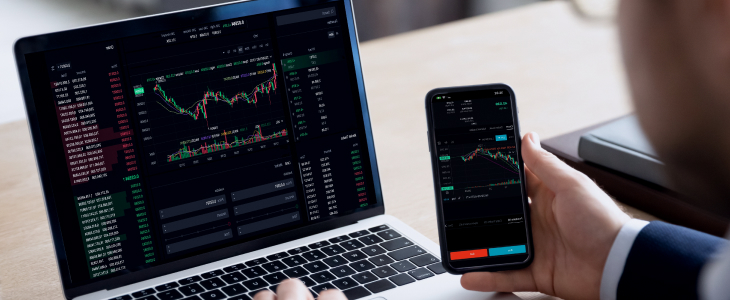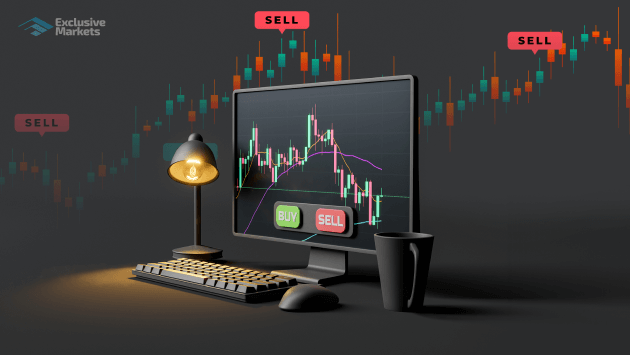
In the world of Forex trading, indicators are essential tools that help traders analyze market conditions and make informed decisions. They provide valuable insights into price movements and potential trends, allowing traders to capitalize on market opportunities. For a comprehensive overview of trading strategies and resources, visit forex trading indicators onlinetrading-cm.com. In this article, we will delve into the different types of forex trading indicators, their applications, and how to effectively utilize them to enhance your trading performance.
What are Forex Trading Indicators?
Forex trading indicators are mathematical calculations based on historical price data that traders use to predict future price movements. They are typically displayed on trading charts and provide visual cues about market conditions, trends, and potential entry or exit points. Indicators can be broadly categorized into two types: leading and lagging indicators.
Leading vs. Lagging Indicators
- Leading Indicators: These indicators are designed to predict future price movements by providing signals before a new trend begins. Examples include the Relative Strength Index (RSI) and Moving Average Convergence Divergence (MACD). Leading indicators are often used to identify potential reversal points in the market.
- Lagging Indicators: Unlike leading indicators, lagging indicators are based on historical price data and confirm trends after they have been established. Examples include moving averages and the Average True Range (ATR). Traders use lagging indicators to confirm trends and make decisions based on established market movements.
Common Forex Trading Indicators
Numerous trading indicators are available, each serving different purposes. Below are some of the most commonly used forex trading indicators:

1. Moving Averages (MA)
Moving averages smooth out price data over a specific period, helping traders identify the direction of the trend. There are several types of moving averages, including simple moving averages (SMA) and exponential moving averages (EMA). Traders often use a combination of different time-based moving averages to determine potential entry and exit points.
2. Relative Strength Index (RSI)
The Relative Strength Index (RSI) is a momentum oscillator that measures the speed and change of price movements. It ranges from 0 to 100 and is commonly used to identify overbought or oversold market conditions. An RSI reading above 70 often indicates that an asset is overbought, while a reading below 30 suggests that it is oversold.
3. Moving Average Convergence Divergence (MACD)
MACD is a trend-following momentum indicator that shows the relationship between two moving averages of an asset’s price. It consists of the MACD line, signal line, and histogram. Traders use MACD to identify potential buy or sell signals by observing crossovers between the MACD line and the signal line.
4. Bollinger Bands
Bollinger Bands consist of a middle band (SMA) and two outer bands that represent standard deviations from the SMA. When the bands widen, it suggests increased volatility, and when they contract, it indicates decreased volatility. Traders use Bollinger Bands to identify overbought or oversold conditions and potential breakouts.
5. Stochastic Oscillator
The Stochastic Oscillator compares an asset’s closing price to its price range over a specific period. The indicator oscillates between 0 and 100, providing insights into overbought and oversold conditions. Traders typically look for divergence between the stochastic indicator and price movement to identify potential trading opportunities.
How to Use Forex Trading Indicators Effectively

While forex trading indicators can provide valuable insights, they should not be used in isolation. Here are some tips for effectively utilizing indicators in your trading strategy:
1. Combine Indicators
Using multiple indicators can help confirm trends and reduce the likelihood of false signals. For instance, combining a momentum indicator like the RSI with a trend indicator like the moving average can provide a holistic view of the market environment.
2. Establish a Trading Strategy
Before incorporating indicators into your trading, develop a clear trading strategy that outlines your goals, risk tolerance, and trading style. This will help you determine which indicators best suit your approach and how to use them effectively.
3. Backtest Your Indicators
Backtesting involves applying indicators to historical data to assess their effectiveness in predicting price movements. This process allows you to fine-tune your strategies and understand how indicators behave under different market conditions.
4. Rely on Price Action
Indicators are best used in conjunction with price action analysis. Observe price movements, support and resistance levels, and chart patterns to confirm signals generated by indicators. This will enhance your decision-making process.
5. Keep It Simple
Avoid cluttering your charts with too many indicators. This can lead to confusion and analysis paralysis. Focus on a few reliable indicators that align with your trading strategy.
Conclusion
Forex trading indicators are indispensable tools for traders seeking to navigate the complexities of the forex market. By understanding the different types of indicators and their applications, traders can enhance their decision-making and maximize their chances of success. Remember that no indicator is foolproof; thus, it’s vital to use them in conjunction with sound trading principles and strategies. As you embark on your trading journey, continuously educate yourself and refine your approach to become a successful forex trader.
